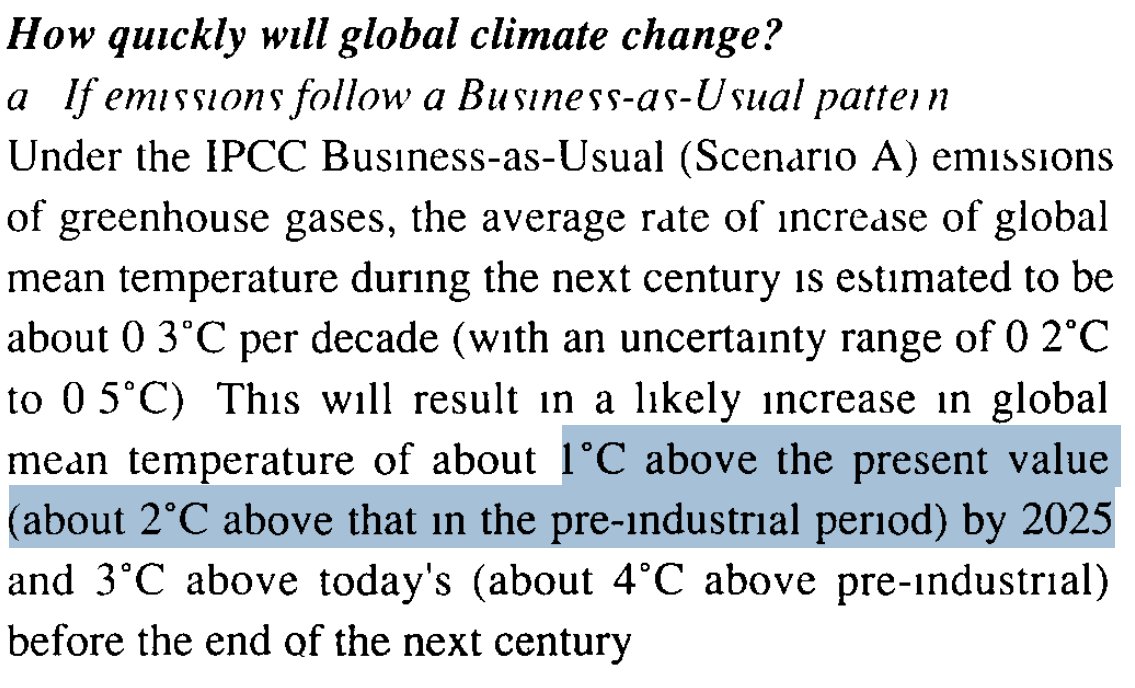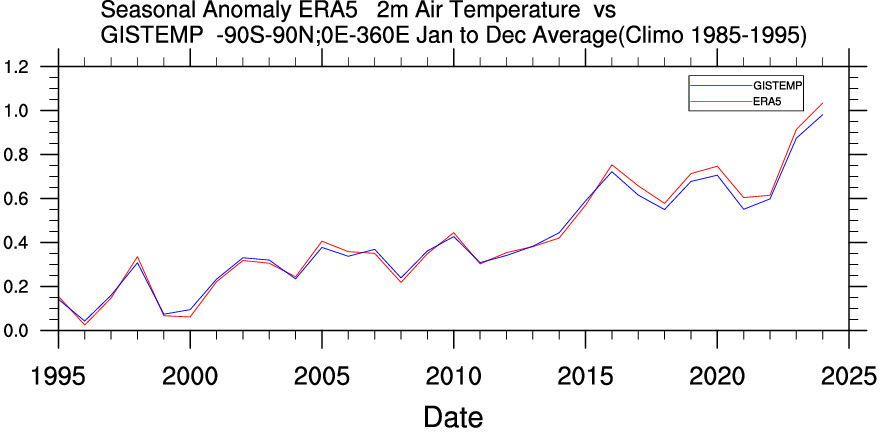1/J
John Ioannidis published an article defending his low estimate of COVID-19's fatality rate.
It contains so many distortions that I'll try something I've never done on Twitter for a paper:
Go thru distortions page-by-page.
This will take awhile. 😑
onlinelibrary.wiley.com/doi/10.1111/ec…
John Ioannidis published an article defending his low estimate of COVID-19's fatality rate.
It contains so many distortions that I'll try something I've never done on Twitter for a paper:
Go thru distortions page-by-page.
This will take awhile. 😑
onlinelibrary.wiley.com/doi/10.1111/ec…

• • •
Missing some Tweet in this thread? You can try to
force a refresh




















